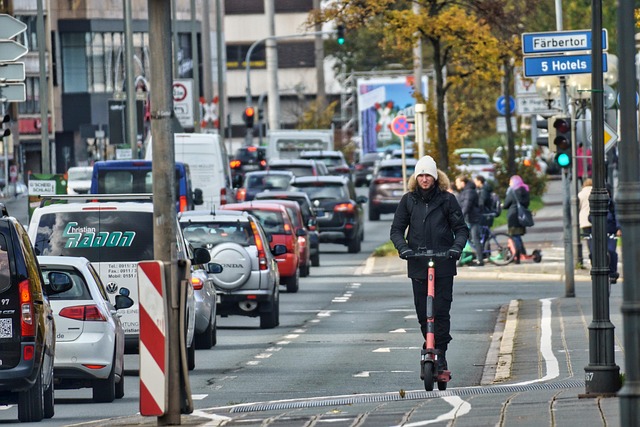Driving Forward: Enhancing Transport Sustainability for Local Communities in Rural Development
Transport is a vital lifeline for any local community, especially in rural areas where distances can be vast and resources limited. However, as we move deeper into the 21st century, the need for sustainability in transport has become increasingly clear. It’s a challenge that rural communities cannot afford to overlook, as efficient transport systems hold the key to their development and prosperity.
The Importance of Transport Sustainability
Transport sustainability goes beyond just reducing carbon emissions; it’s about creating an equitable and efficient system that serves the needs of the local community. In rural settings, this means ensuring that everyone, from farmers to students, has access to reliable and affordable transport options. When we talk about sustainable transport, we are referring to solutions that minimize environmental impact while maximizing social and economic benefits.
For local communities, sustainable transport initiatives can lead to better connectivity not only within the town but also to urban centers. This, in turn, fosters increased economic activity and allows local businesses to thrive. By prioritizing sustainability in their transport systems, rural communities can build a resilient foundation for future generations.
Rural Development Through Enhanced Mobility
As local communities grow, enhanced mobility becomes a cornerstone of rural development. Improved transport options can provide better access to education, healthcare, and employment opportunities. For instance, a reliable bus service or a cycling initiative can decrease transport costs and increase attendance rates in schools, ultimately leading to a more educated workforce.
Moreover, sustainable transport methods, such as electric buses or car-sharing schemes, can dramatically reduce the carbon footprint of rural communities. Transitioning to greener solutions not only addresses environmental concerns but also improves public health, as cleaner air results in fewer respiratory issues among community members.
Community Involvement: The Heart of Sustainable Transport
A successful transition toward sustainable transport in rural areas hinges on local community involvement. Engaging community members in the decision-making process ensures that transport solutions are tailored to their unique needs. Workshops, public forums, and surveys can provide invaluable insights into the types of transport services that would be most beneficial.
Additionally, empowering local organizations to spearhead initiatives can foster a sense of ownership and pride among community members. When people feel connected to their local transport system, they are more likely to support sustainable practices and participate actively in maintaining them.
Innovative Solutions for Local Communities
Several innovative solutions are emerging to enhance transport sustainability in rural areas. For instance, the implementation of mobile apps can provide real-time information on public transport schedules, allowing residents to plan their journeys more efficiently. Similarly, investments in cycling infrastructure can promote active transportation, encouraging healthier lifestyles while reducing vehicle congestion.
Community-led projects, such as cooperative transport schemes, can also alleviate some of the barriers faced by rural communities. By pooling resources and sharing rides, these initiatives create a sense of camaraderie and support among residents, ultimately reinforcing the bonds that tie them together.
As rural communities drive forward into the future, embracing transport sustainability is not merely an option; it’s a necessity. By looking beyond traditional practices and integrating innovative, eco-friendly solutions, local communities can foster an inclusive environment that benefits everyone. Through collaboration, creativity, and commitment, the journey toward sustainable transport can also lead to a more connected, thriving, and resilient future for all.



